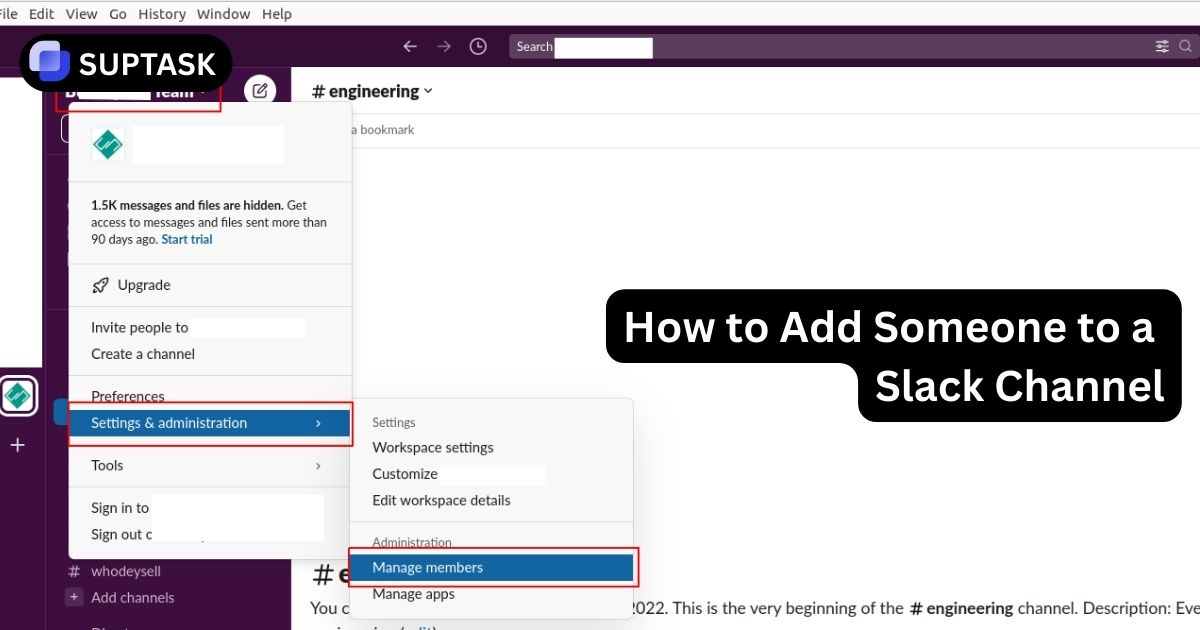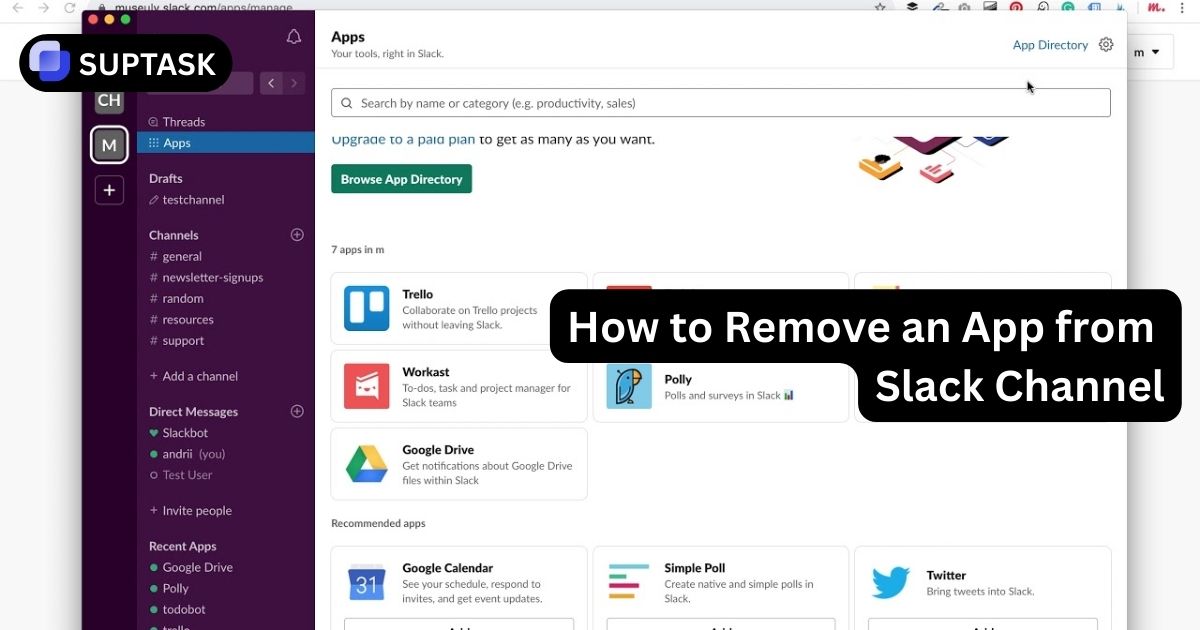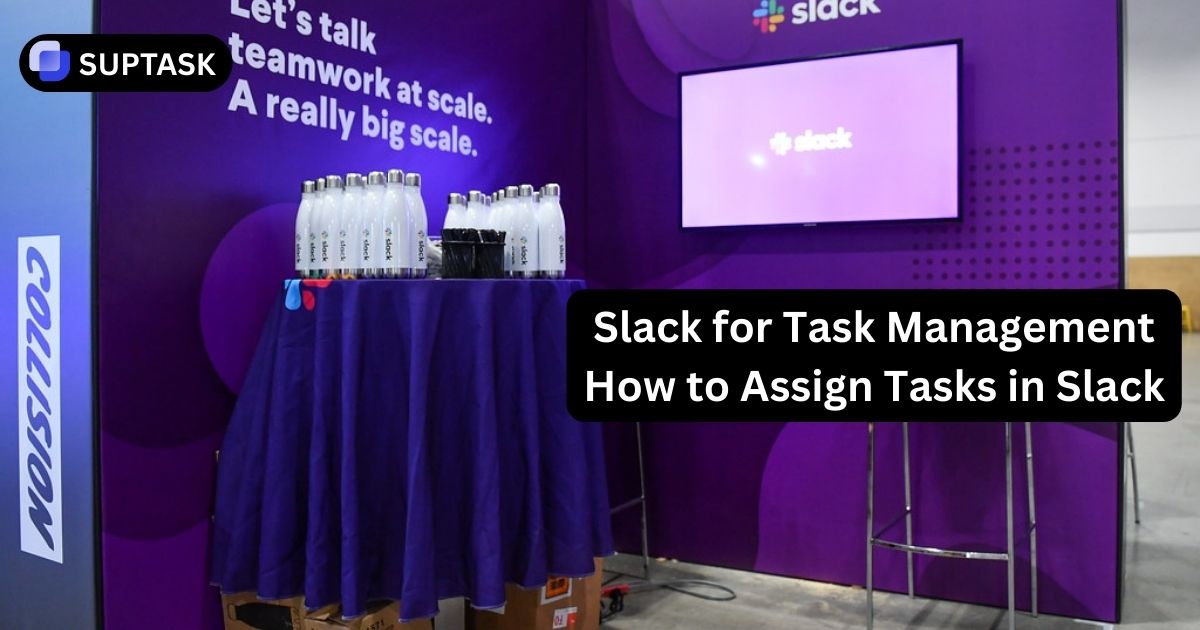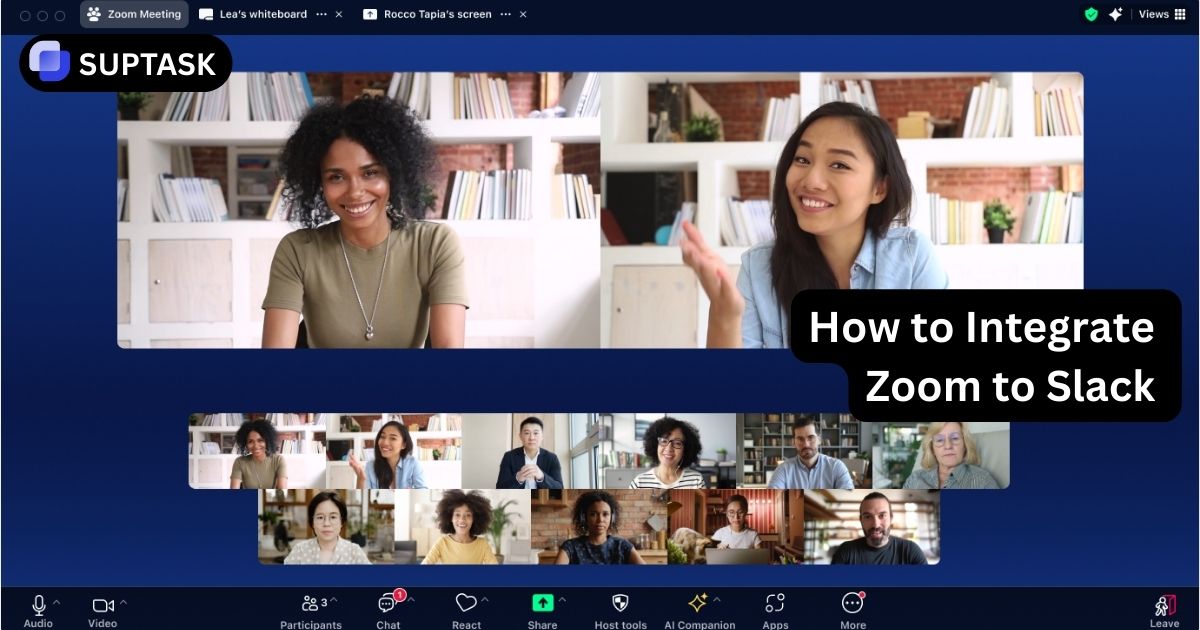Resolving conflict in the workplace is key to preserving a productive and positive environment. Miscommunication, personality clashes, and misaligned values can all contribute to these inevitable disputes.
This article cuts through the complexity to offer actionable strategies and skills for navigating mediation and resolution processes, from understanding causes to implementing solutions.
Key Takeaways
- Common Conflict Causes: Miscommunication, personality clashes, and organizational changes are primary sources of workplace conflicts.
- Impact of Conflict Resolution: Resolving conflicts boosts morale, productivity, and employee retention while preventing dissatisfaction and turnover.
- Effective Strategies: Use approaches like avoiding, competing, accommodating, compromising, and collaborating based on the situation.
Understanding the Roots of Workplace Conflict

Grasping the intricacies of conflict resolution starts with identifying the underlying reasons for disputes.
- Miscommunication: Deficient communication or ineffective management approaches can spawn feelings of inequity.
- Ambiguity: Unclear project timelines, ambiguous job responsibilities, or inadequate training can result in unmet expectations and consequent workplace conflicts.
- Personality Clashes: Diverse thinking and behavior styles can lead to misunderstandings among team members.
- Organizational Changes: Team restructuring or changes in leadership can disrupt established dynamics, leading to conflicts.
- Perceived Inequities: Unfair treatment or unequal opportunities can cause resentment and disputes.
- Stress Factors: Excessive workloads or significant organizational changes can exacerbate tensions.
Understanding these primary causes of conflict is crucial. Proactively addressing them can prevent disputes from arising, fostering a harmonious workplace environment. Leveraging tools like people management software can help mitigate such challenges by providing clarity and streamlined communication.
The Importance of Resolving Conflict
.webp)
Unresolved conflicts can lower productivity, increase stress, and cause valuable employees to leave. Effective conflict resolution fosters better communication, improves teamwork, and enhances overall workplace harmony. By addressing disputes proactively, organizations can turn conflicts into opportunities for growth and collaboration.
Key Benefits of Resolving Conflict:
- Improved employee morale and job satisfaction
- Increased productivity and collaboration
- Reduced workplace stress and turnover rates
The Five Key Conflict Resolution Strategies
.webp)
A well-defined conflict resolution strategy is essential in navigating workplace disputes. This framework encompasses five core strategies:
- Avoiding: Consciously removing oneself from the situation due to low assertiveness and lack of empathy.
- Competing: Taking a firm stand with high assertiveness and low empathy.
- Accommodating: Prioritizing the other's concerns over one's own, characterized by low assertiveness and high empathy.
- Compromising: Finding a middle ground where both parties give up something to reach a mutually acceptable solution.
- Collaborating: Working together to find a win-win solution that satisfies the concerns of all parties, involving high assertiveness and high empathy.
Significant levels of assertiveness and compassion are needed in collaboration to co-create solutions that benefit all parties involved in the disagreement.
In contrast, compromise strikes a balance between being empathetic and asserting your own needs. Both sides make concessions in the goal of mutual satisfaction.
By understanding which approach best suits each particular circumstance within their workspaces, individuals can craft responses with precisely calibrated suitability, enabling them to effectively navigate and manage a wide range of disagreements that might arise.
Developing Essential Conflict Resolution Skills
.webp)
Mastery of conflict resolution involves understanding various strategies and cultivating critical skills. To navigate conflicts successfully, individuals should develop the following skills:
- Assertiveness: Communicating one's needs and concerns openly and respectfully.
- Empathy: Understanding and acknowledging the feelings and perspectives of others.
- Emotional Intelligence: Managing one's emotions and recognizing those of others to handle interpersonal relationships judiciously.
- Active Listening: Fully concentrating, understanding, responding, and remembering what the other person is saying.
- Problem-Solving: Identifying the root cause of conflicts and developing effective solutions.
Steps to Resolve Workplace Conflicts
.webp)
Understanding the nature of conflict, recognizing its significance in being resolved, the methodologies involved, and the necessary skills to address it, paves a path towards handling workplace conflicts.
Initially, assess how critical the conflict is and decide which individuals should be engaged. To prevent escalation of disputes, follow these guidelines:
- Identify the Issue: Clearly define the problem causing the conflict.
- Understand All Perspectives: Listen to all parties involved to comprehend their viewpoints.
- Develop Solutions: Brainstorm possible resolutions collaboratively.
- Agree on a Solution: Select a mutually acceptable solution.
- Implement and Follow Up: Put the chosen solution into action and monitor its effectiveness.
Talk about specific things that happened, not personal traits. Try to see both sides. Find areas you agree on, while accepting where you disagree. This can help come up with fair solutions.
Then, make a plan to fix the main issues. Make sure the steps are clear and both agree. This will keep conflicts managed well.
After, follow through on the plan carefully. Check if both feel it's working out, respecting any limits set. Be ready to adjust as needed for lasting peace. Managing conflicts takes real effort over time to keep things calm. For teams relying on external communications, tools like an email ticketing system can streamline the resolution process by ensuring that all correspondence is organized and easily accessible.
Using Tech Tools for Conflict Resolution: Suptask
These days, tech tools can help sort out conflicts too. Suptask serves as an effective internal help desk, turning Slack into a powerful ticketing system. It turns Slack into a ticket system by:
- Suptask helps teams work together to handle tickets in one place.
- It lets you make and get new tickets right in Direct Messages or any channel on Slack.
- You can see all the open tickets in one easy view.
To help teams work well together on sensitive info, Suptask has private ticket features for the help desk.
You can customize how to manage ticket workflows, alert settings, and oversight processes. It uses AI to help solve support questions faster.
In the future, Suptask plans to connect with other big platforms like Gitlab, Github, JIRA, and Zendesk. It wants to add email integration, custom views, and dashboard analytics to make admin work easier.
This includes co-admin help—using better ways to solve user conflicts on Slack and make those solutions more useful overall.
Creating a Supportive Work Environment

A good workplace has:
- A focus on open talks, so co-workers can share views and concerns openly.
- An environment built on mutual respect and trust.
- The practice of giving helpful feedback, not punishment for disagreeing.
- Companies have clear rules about dealing with problems between people.
- The workplace sees working through issues as a good thing.
Understanding how others feel helps build trust when fixing problems. Doing team activities and looking for solutions turns issues into chances to be creative.
Looking back at how past problems were fixed improves those skills.
Teaching people how to grow helps them get better at dealing with problems. This prevents workplace problems. It also helps everyone improve together.
Mastering conflict resolution is vital for maintaining a harmonious and productive workplace. By understanding the root causes of conflicts and applying appropriate strategies and skills, organizations can transform disputes into opportunities for growth and collaboration.
A good workplace is about more than just fixing problems. It's about using those challenges to get better all the time. Organizations can also consider adopting a free ticketing tool to manage employee concerns efficiently without straining budgets.













